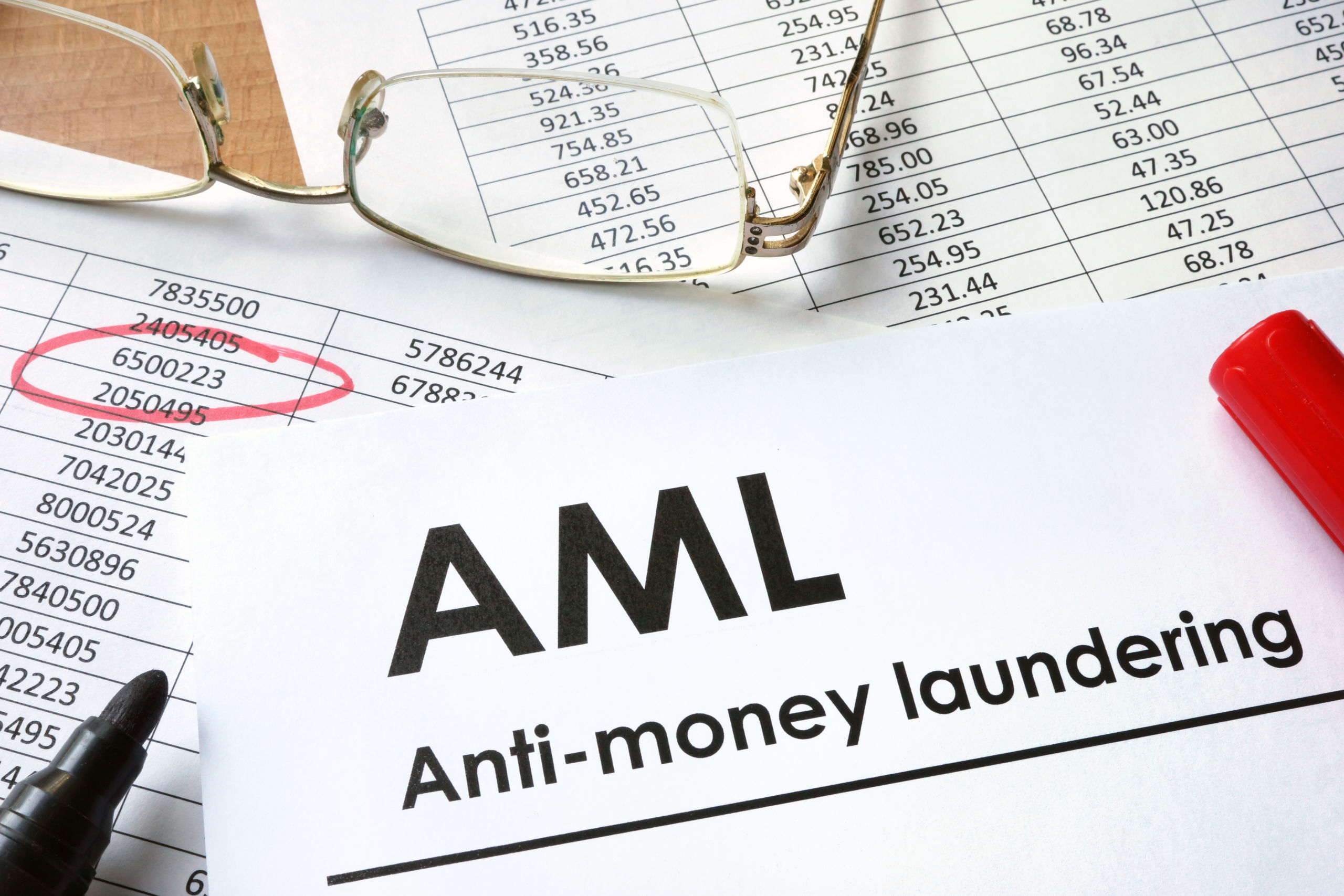By: Editorial Staff, Date: May 4th, 2022
As the march towards increased regulation of cryptocurrency activity becomes more and more formalized, additional entities and financial institutions will find themselves increasingly scrutinized by the federal government if they engage in crypto activities. That was the case for Anchorage Digital Bank National Association and its failure to comply with new anti-money laundering requirements.
Anchorage Digital received the green light to operate financially as an institution when it obtained a national trust bank charter from the Office of the Comptroller of the Currency (OCC) in January 2021. As part of the approval, the institution was also supposed to make sure its operations complied with anti-money laundering controls. However, Anchorage Digital did not act accordingly. In fact, it failed to set up the required monitoring at all. When received by the OCC, the absence of the program was identified, automatically putting Anchorage Digital in violation of its charter requirements.

In a typical non-committal fashion, Anchorage Digital avoided responding to the direct accusation and instead focused attention on its efforts to fix the deficiencies spotted by the OCC for lack of compliance. Among these issues was the establishment of a committee to review and confirm internal compliance immediately once notified by the OCC, as well as various progress reports on corrections being applied. The remediation plan has now become a public formal requirement for Anchorage Digital, both to put additional pressure on the company to comply as well as to set an example for other players in a similar position with the OCC and cryptocurrency activity.
The recent enforcement action by OCC sends a clear warning sign to financial entities that BSA/AML monitoring and reporting requirements should be taken seriously.
Upcoming Webcasts
Distressed Healthcare Restructurings: Navigating the New Normal
In an era marked by unprecedented challenges, the healthcare industry is at the forefront, bearing the brunt of the global pandemic's economic repercussions. Amidst rising costs, declining reimbursements, and increasing competition, distressed healthcare restructurings have become increasingly commonplace.


